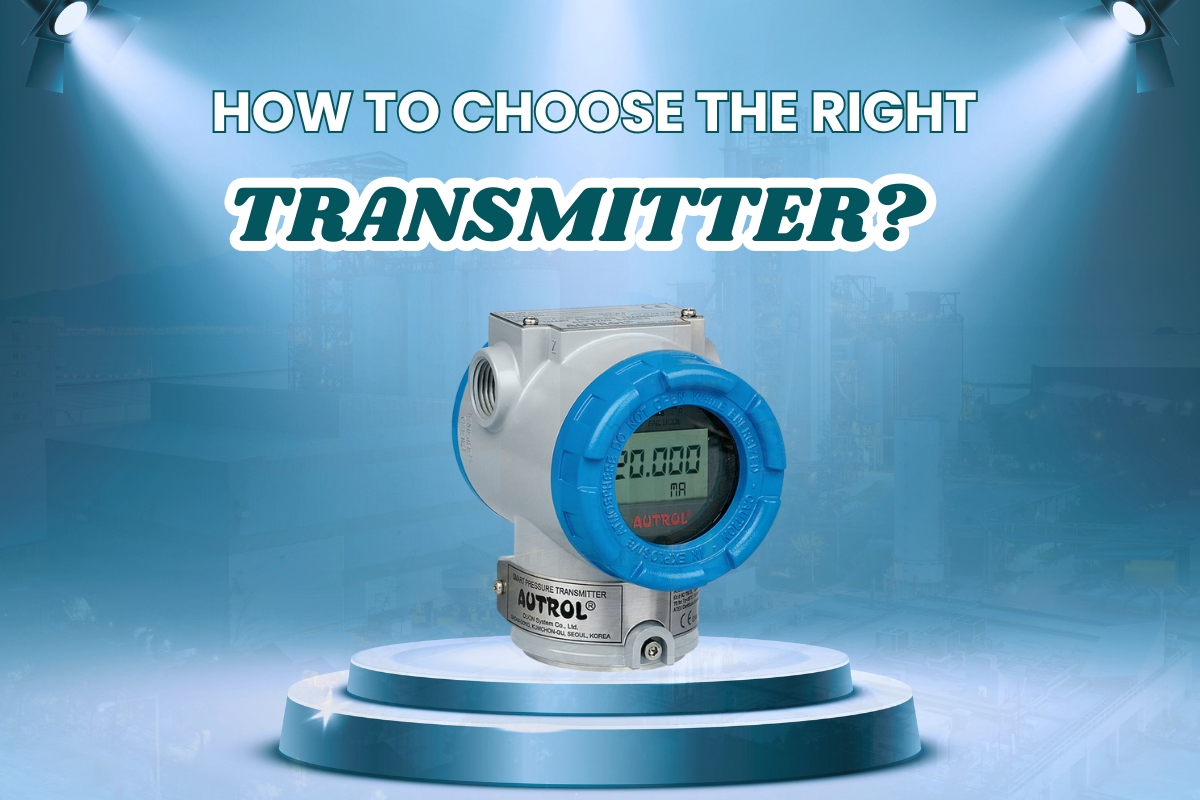What is a Transmitter?
A transmitter is an instrument that transforms a sensor signal to a normalized output signal that can be read by a control system or display. Typical output formats include:
- 4-20 mA analog signals
- HART (Highway Addressable Remote Transducer)
- Modbus or Foundation Fieldbus (digital communications protocols)
Transmitters are extensively applied in industries like oil and gas, marine, water treatment, food processing, chemical plants, and manufacturing units.
Types of Transmitters Depending on Measurement
There are various types of transmitters classified depending on what they measure:
Pressure Transmitters – Measure gas or liquid pressure.
Temperature Transmitters – Translate the reading of temperature sensors (RTD, thermocouple) into output signals.
Level Transmitters – Sense the level of a bulk solid or fluid.
Flow Transmitters – Measure the flow rate of fluid.
pH and Conductivity Transmitters – Applied in chemical processing and water treatment.
Key Considerations in Selecting a Transmitter
1. Operating Environment
- Is it an industrial, marine, or hazardous area?
- Does it have high vibration, moisture, or explosive gas?
- Consider IP67/IP68-rated or ATEX-certified transmitters for harsh environments.
2. Signal Type Required
- Most PLCs and control systems employ 4-20 mA signals because of low noise and transmission over distances.
- Opt for HART-enabled transmitters if you need diagnostic capabilities and remote calibration.
3. Accuracy and Range
- Assess the accuracy of measurement required (±0.1%, ±0.5%, etc.).
- Specify the range of operation required (e.g., 0-10 bar pressure, -50°C to 150°C temperature).
- Always choose a transmitter with the accuracy and range appropriate for your particular application.
4. Sensor Compatibility
- Make sure that it is compatible with your sensor type (RTD, thermocouple, strain gauge, etc.).
- Some transmitters are multimodule and provide multiple sensor inputs.
5. Power Supply Requirements
- Standard power supplies are 24V DC.
- Some transmitters are loop-powered whereas others can be separately powered.
6. Mounting and Installation
- Consider whether the transmitter will be wall-mounted, DIN rail-mounted, or sensor-mounted directly.
- Think about ease of access for service.
Advantages of Selecting the Correct Transmitter
Better Accuracy and Reliability – Less process variation and improved control.
Less Maintenance – Good quality transmitters need less calibration and servicing.
Safety and Compliance – More so in areas posing hazards.
Improved Data Logging – Intelligent transmitters provide real-time diagnostics and trends of data.
Common Mistakes to Avoid
- Choosing a transmitter without verifying temperature or pressure ranges.
- Forgetting to ensure compatibility with current control systems.
- Not heeding certifications for use in hazardous areas (e.g., ATEX, IECEx).
- Being price-focused and uninterested in long-term reliability or service assistance.
Popular Brands and Solutions
At aeliya marine tech, we stock a broad range of transmitters for use in industrial, marine, and automation industries. Some of the top brands include:
WIKA – Pressure and temperature transmitters.
ABB – Smart HART-enabled devices.
Yokogawa – High-precision process transmitters.
Danfoss – Small-sized designs for use in marine and HVAC applications.
Siemens – Digital-ready with Fieldbus support.

